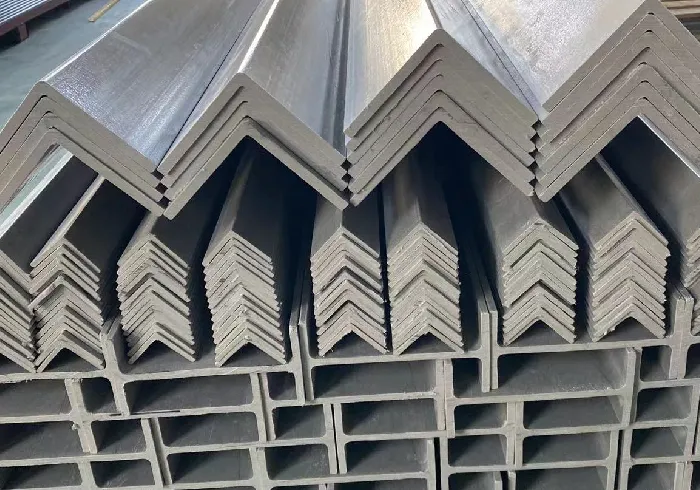loading...
- No. 9, Xingyuan South Street, Dongwaihuan Road, Zaoqiang County, Hengshui, Hebei, China
- admin@zjcomposites.com
- +86 15097380338
- Welcome to visit our website!
fibre reinforced plastic tanks and vessels
Fiberglass Reinforced Plastic Tanks and Vessels An Overview
In recent years, the demand for durable, lightweight, and corrosion-resistant materials in various industries has surged. Among the most innovative solutions to emerge is fiberglass reinforced plastic (FRP), particularly in the production of tanks and vessels. This material has become a game changer in sectors ranging from chemical processing to water treatment and beyond. To fully appreciate the advantages of FRP tanks and vessels, it's important to delve into their properties, applications, and benefits.
What is Fiberglass Reinforced Plastic (FRP)?
Fiberglass reinforced plastic is a composite material made from a polymer matrix reinforced with fibers of glass. The combination of these two components results in a material that is not only incredibly strong but also lightweight and resistant to various environmental factors. The glass fibers provide reinforcement, while the plastic matrix offers flexibility and resilience. This synergistic effect leads to applications that require durability without excessive weight.
Properties of FRP Tanks and Vessels
One of the most significant advantages of FRP is its remarkable corrosion resistance. Traditional materials such as steel or aluminum are often vulnerable to chemical attack, especially in harsh environments. In contrast, FRP can withstand a wide range of corrosive substances, making it ideal for use in industries such as chemical manufacturing, petroleum, and waste management.
Another notable property of FRP is its lightweight nature. Tanks and vessels made from FRP are significantly lighter than those made from metal. This lightweight characteristic facilitates easier transportation and installation, reducing costs associated with handling and structural support. Furthermore, the design flexibility of FRP allows for the creation of complex shapes and sizes, catering to specific customer needs without compromising structural integrity.
Applications of FRP Tanks and Vessels
FRP tanks and vessels have found their way into various applications due to their advantageous properties. In the water treatment industry, for example, FRP is commonly used for storage tanks, filtration systems, and chemical dosing tanks. The corrosion resistance and minimal maintenance requirements make these vessels ideal for storing both potable and wastewater.
fibre reinforced plastic tanks and vessels

The chemical industry also extensively employs FRP tanks for storage and transport of hazardous materials. Their ability to resist aggressive chemicals reduces the risk of leaks and environmental contamination. In addition to chemical storage, FRP is often used in the food and beverage sector for the storage of ingredients and other materials that require high hygiene standards.
Another prominent application for FRP is in the oil and gas industry. FRP vessels are used for storing fuels, oil, and other petrochemicals, offering benefits such as reduced weight and resistance to environmental factors that could lead to degradation in traditional storage methods.
Benefits of Using FRP Tanks and Vessels
The adoption of FRP in tanks and vessels comes with numerous benefits that extend beyond corrosion resistance and lightweight. First and foremost, the longevity of FRP products translates to lower lifetime costs. Unlike traditional materials that may require frequent repairs or replacements, FRP structures can last for decades with minimal maintenance.
Moreover, FRP is a cost-effective solution in terms of manufacturing and installation. The production processes have evolved to allow for rapid manufacturing without compromising on quality. The reduction in transportation and installation costs due to their light weight further enhances the overall cost-effectiveness of using FRP tanks and vessels.
Additionally, FRP is environmentally friendly. Its production can be more sustainable compared to metals, and its long life cycle reduces waste in disposal. Furthermore, many manufacturers are committed to using recyclable materials in their processes, aligning with global sustainability goals.
Conclusion
Fiberglass reinforced plastic tanks and vessels represent a significant advancement in material science, offering solutions that are strong, lightweight, and resistant to wear in demanding environments. Their versatility and durability make them integral components across various industries, from chemical processing to water treatment and beyond. As industries continue to seek effective and environmentally friendly solutions, the importance of FRP will undoubtedly grow, marking a new era in tank and vessel technology. The future of FRP appears promising, embodying both innovation and sustainability in the materials revolution.
-
The Rise of FRP Profiles: Strong, Lightweight, and Built to LastNewsJul.14,2025
-
SMC Panel Tanks: A Modern Water Storage Solution for All EnvironmentsNewsJul.14,2025
-
GRP Grating: A Modern Solution for Safe and Durable Access SystemsNewsJul.14,2025
-
Galvanized Steel Water Tanks: Durable, Reliable, and Ready for UseNewsJul.14,2025
-
FRP Mini Mesh Grating: The Safer, Smarter Flooring SolutionNewsJul.14,2025
-
Exploring FRP Vessels: Durable Solutions for Modern Fluid HandlingNewsJul.14,2025
-
GRP Structures: The Future of Lightweight, High-Performance EngineeringNewsJun.20,2025
